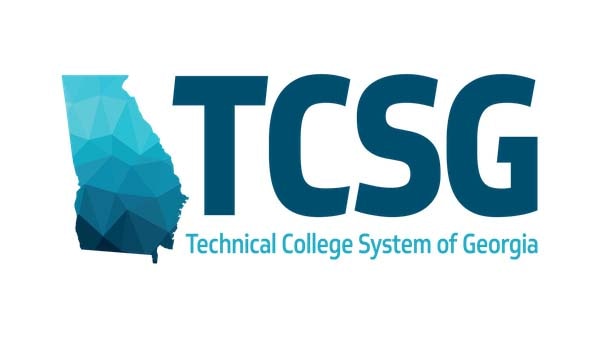Bridging the digital divide to improve education access
For learners to take advantage of hybrid educational opportunities, access to internet connectivity is paramount. TCSG has worked for years to address the digital divide. In metro areas, internet access is plentiful but not necessarily affordable, or a student may not have the technology to take advantage of it. In rural areas, reliable internet access may not exist at all.
TCSG has worked to bolster internet access within students' communities by collaborating with the Department of Community Affairs, counterparts at the U.S. Department of Education, others in the university system, and public and private internet and cell providers. TCSG also accessed pandemic funding and put together lending programs to procure hotspots and laptops and loan them out to students across the education system.
TCSG's efforts have continued to encourage change. In January 2022, Georgia announced US$234 million in preliminary grant funds for 28 counties to expand high-speed internet access. In June 2023, the state announced US$15 million more in preliminary grant awards—almost doubling to nearly US$30 million when combined with significant capital matches—to be invested to serve over 3500 locations in areas most in need of high-speed internet access.
Additionally, TCSG launched a pilot project to convert lab environments to a prescriptive bring-your-own-device model, which made it possible for financial aid to help cover the cost of devices. Students could then have tools for learning both inside and outside of the classroom.
A long-term technology relationship
"TCSG didn't have to start from scratch when it came to implementing many of these changes," says Ferguson. "I've had the opportunity to find great partners to solve the biggest problems and help us realize some of our largest and most aggressive ideas."
"The groundwork we laid with Cisco helped our transition to remote and semiremote learning during the pandemic," Ferguson adds. This groundwork started two decades ago when TCSG started standardizing its collaboration stack, which was built on Webex by Cisco (then Cisco Call Manager).
"We saw standards as a force multiplier for us. Cisco was very willing and able to help us standardize our networking as well as our wireless and infrastructure stacks," says Ferguson. "We standardized on collaboration technology and were ahead of the game in leveraging these tools to create opportunities for students, no matter where they were."
At the time, many of these opportunities were siloed in individual buildings. But when the pandemic made in-person learning impossible, infrastructure was already in place across all 22 colleges. TCSG already had the staff and the training; it just needed to scale up to meet the exponential increase in demand.
"When we needed additional licensing, all I had to do was call [Cisco] and say, 'I've got to add capacity. Can you help me?' and before I hung up, it was already done," Ferguson says.
Increasing access for an improved experience
As students returned to campus, classrooms became filled with wireless devices, putting heavier demand on the network and infrastructure and creating a need for high-speed, high-density wireless capabilities. In more rural areas, cell coverage—specifically cell coverage with high-speed data—doesn't exist everywhere, so campus Wi-Fi becomes a beacon for both learners and the greater community. Expanding connectivity required collaborating with the community and encouraging ISPs, wireless carriers, and businesses to work together to make resources available.
Ferguson points to Cisco as a key part of this approach. "Cisco is not a closed ecosystem. They play well with others. Our Cisco account management team has been incredible. They're always willing to show us how to make it work."
With Webex as a core tool, TCSG created a virtual classroom that included video on demand capabilities. Videos can be created and stored in the cloud, then made accessible to students. Learners no longer have to choose between their education and their personal lives. For example, they no longer need to choose between attending a live lecture or attending their child's basketball game—they can attend the game then watch the recorded lecture later that night.
Virtual classroom capabilities also open doors to new pathways for K–12 students, such as the ability to take technical education and dual enrollment classes beginning in 10th grade and graduate high school with a 2-year degree.
A continued investment in hybrid learning
TCSG continues to invest in its hybrid learning model and rethink education delivery.
"We want to find this balance where people have the option of making choices about what's important and not having to choose between dropping their kids off at school or going to school themselves," Ferguson says.
Online options aren't always the answer; learners need in-person time for lab work, relationship building, and collaboration. So the question becomes: How can TCSG become more student-centric, making in-person time more intentional and giving learners more options?
TCSG continues to work with Cisco to address those questions.
"They're also a customer-focused company," Ferguson concludes. "They've done things that are for the benefit of the customer, even when it might not always have been the best solution for them. I think that alignment has made us great partners."

